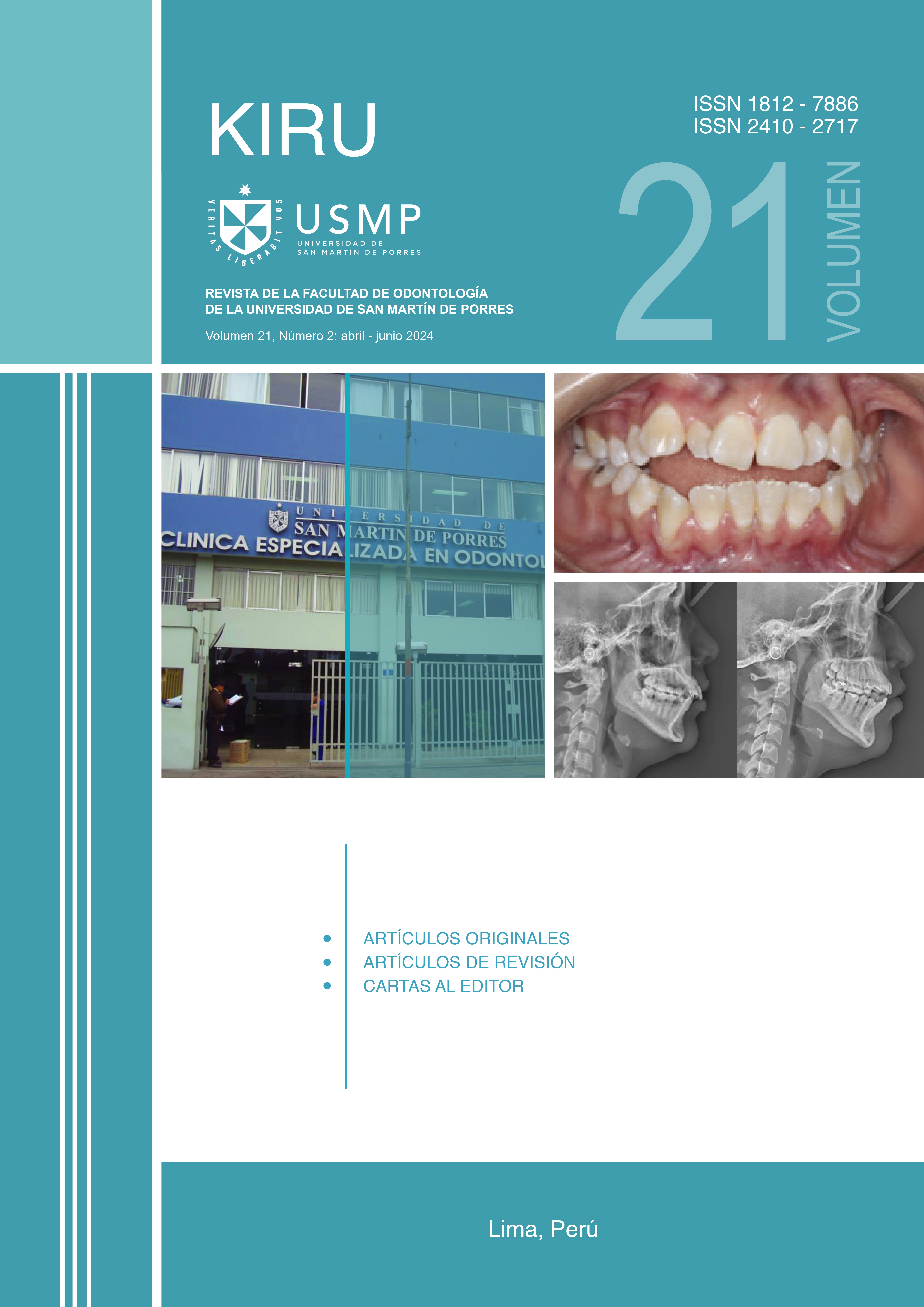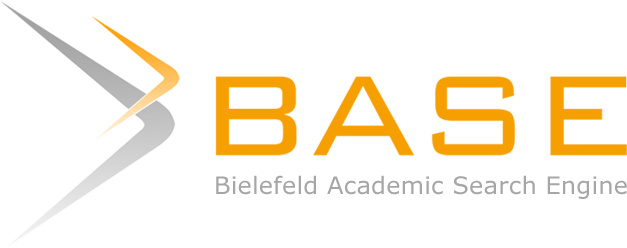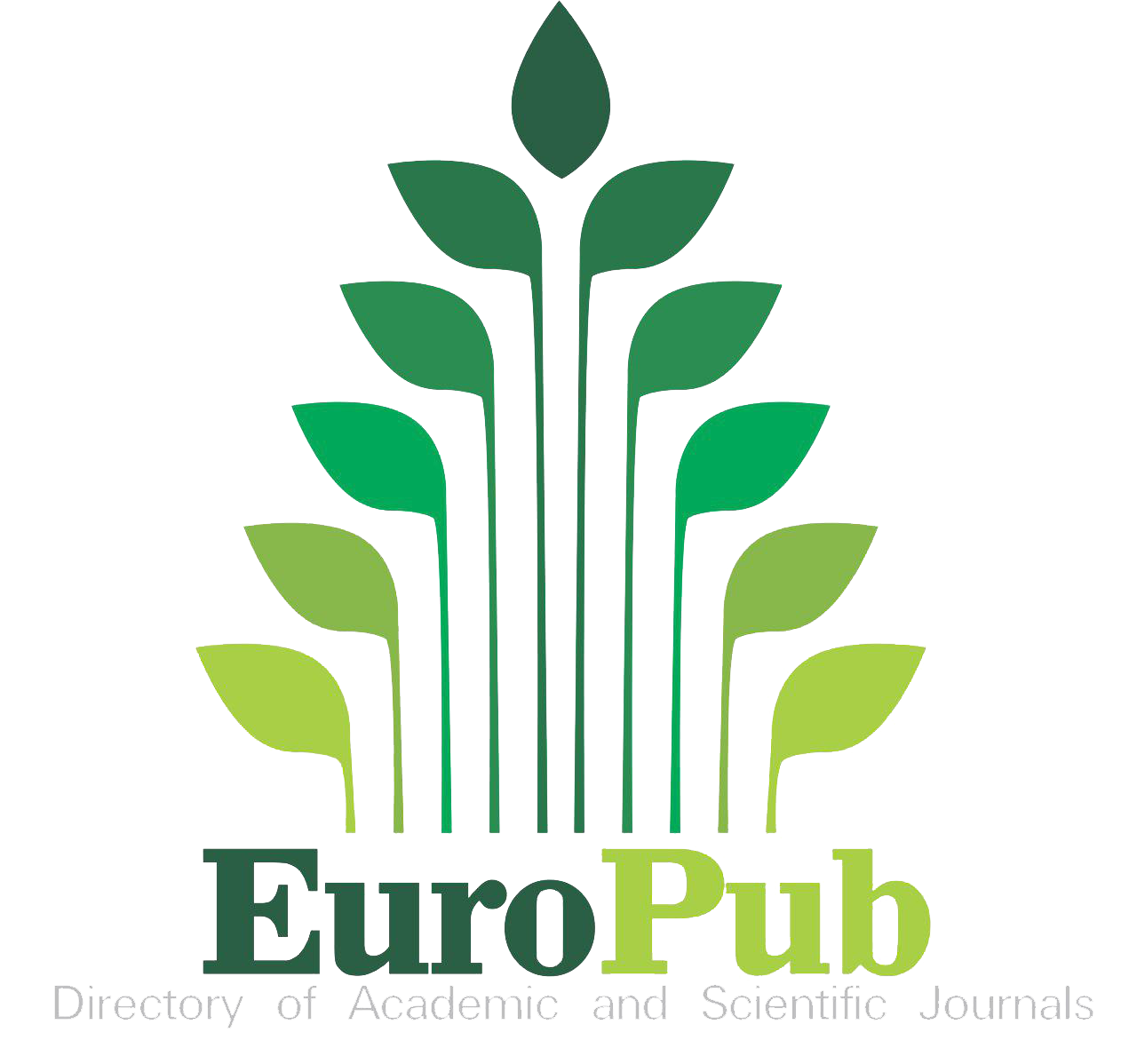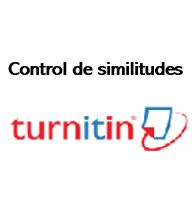Incidencia del dolor neuropático tras tratamiento de endodoncia
DOI:
https://doi.org/10.24265/kiru.2024.v21n2.01Palabras clave:
Neuropathy; Endodontics; Toothache; Facial PainResumen
Objetivos: Determinar la incidencia de dolor de tipo neuropático después de realizar tratamiento endodóncico con seguimiento a los 6 meses. Materiales y Métodos: Se trató de un estudio clínico observacional prospectivo que se realizó en pacientes que se sometieron a tratamiento o retratamiento endodóncico realizados en el Máster de Endodoncia de la Universitat Internacional de Catalunya (UIC) desde enero de 2022 hasta diciembre de 2022. Tras la realización del tratamiento se realizó el seguimiento a seis meses, determinando la presencia de dolor persistente, y si la causa era de origen no odontogénico, mediante anamnesis y exploración física realizadas en el Departamento de Disfunción Craneomandibular y Dolor Orofacial de la facultad de odontología. Resultados: Se obtuvieron un total de 231 tratamientos, obteniendo un 53% de respuesta vía llamada telefónica. Se realizó un análisis descriptivo de los resultados, se determinó que 88 pacientes no presentaron dolor a los 6 meses de tratamiento endodóncico (72%); mientras que 35 pacientes refirieron dolor (28%). Un 9% de los casos con dolor, tuvieron como causa el fracaso endodóncico, en el 74% la causa fue por afectación de otro diente y el 11% por motivos periodontales. Se determinó que el 1,5% de los pacientes tratados presentaron fracaso en los tratamientos endodóncicos a los de 6 meses de seguimiento. Las causas de dolor persistente fueron problemas periodontales, como empaquetamiento de alimentos, hipersensibilidad dentinaria o bien de origen pulpar asociado a otro diente. Conclusiones: Tras 6 meses de seguimiento, ningún paciente presentó dolor de origen neuropático.
Descargas
Referencias
Ng Y, Mann V, Gulabivala K. Tooth survival following non-surgical root canal treatment: a systematic review of the literature. Int Endod J. 2010;(43):171-189. doi: 10.1111/j.1365-2591.2009.01671.x.
Bosch M, Vázquez E, Gay C. Atypical odontalgia: A systematic review following the evidence-based principles of dentistry. Cranio. 2011;(3):219-26. doi: 10.1179/crn.2011.031.
Jaclyn G, Shane N. Pain prevalence and severity before, during, and after root canal treatment: a systematic review. J Endod. 2011;(37):429-438. doi: 10.1016/j. joen.2010.12.016.
Nixdorf D, Moana-Filho E, Law A, McGuire L, Hodges J, John M. Frequency of non odontogenic pain after endodontic therapy: A systematic review and meta- analysis. J Endod. 2010;(36):1494-1498. doi: 10.1016/j. joen.2010.06.020.
Nixdorf DR, Law AS, Look JO, et al. Frequency of persistent pain following endodontics within the National Dental PBRN. J Dent Res. 2013;92 (Spec Iss A):176415. doi: 10.1097/j.pain.0000000000000343.
Tizzoni R, Tizzoni M, Clerici C. Atypical odontalgia and trigeminal neuralgia: psychological, behavioral and psychopharmacological approach in a dental clinic – an overviewofpathologiesrelatedtothechallengingdifferential diagnosis in orofacial pain. F1000Res. 2021;10:317. doi:10.12688/f1000research.51845.3
McElin TW, Horton BT. Atypical face pain; a statistical consideration of 66 cases. Ann Int Med. 1947;27(5):749- 768. doi: 10.7326/0003-4819-27-5-749
Headache Classification Committee of the International Headache Society (IHS). The International Classification of Headache Disorders, 3rd edition. Cephalalgia 2018;38(1):1-211. doi: 10.1177/0333102417738202. PMID: 29368949.
Woda A, Tubert-Jeannin S, Bouhassira D, et al. Towards a new taxonomy of idiopathic orofacial pain. Pain. 2005;(116):396–406. doi: 10.1016/j.pain.2005.05.009.
Marbach JJ. Is Phantom tooth pain a deafferentation (neuropathic) syndrome. Part 1: Evidence derived from the pathophysiology and treatment. Oral Surg, Oral Med, Oral Path. 1993;(75):95–105. doi: 10.1016/0030- 4220(93)90413-X.
De Chevigny C. Treatment Outcome in Endodontics: The Toronto Study—Phases 3 and 4: Orthograde Retreatment. J Endod. 2008 Feb;34(2):131-7. doi: 10.1016/j.joen.2007.11.003
Bhatt, M, Coil J, Chehroudi B, Esteves A, Aleksejuniene J, MacDonald D. Clinical decision-making and importance of the AAE/AAOMR position statement for CBCT examination in endodontic cases. Int endod J. 2021;54(1):26-37. doi: 10.1111/iej.13397
Nixdorf D, Drangsholt MT, Ettlin DA. Classifying orofacial pains: A new proposal of taxonomy based on ontology. J Oral Rehabil. 2012;39(3):161- 169. doi: 10.1111/j.1365- 2842.2011.02247.x.
Nixdorf D, Moana-Filho E. Persistent Dento-Alveolar Pain disorder (PDAP): Working towards a better understanding. Rev Pain. 2011 Dec;5(4):18-27. doi: 10.1177/204946371100500404
Schiffman E, Ohrbach R, Truelove E, Look J, Anderson G, Goulet JP, et al. Diagnostic Criteria for Temporomandibular Disorders (DC/TMD) for Clinical and Research Applications: recomemmdations of the International RDC/TMD Consortium Network and Orofacial Pain Special Interest Group. J Oral Facial Pain Headache. 2014;28(1): 6–27. doi: 10.11607/ jop.1151.
Takács J, Bódizs R,; Ujma P, Horváth K, Rajna P, Harmat L. Reliability and validity of the Hungarian version of the Pittsburgh Sleep Quality Index (PSQI- HUN): comparing psychiatric patients with control subjects. Sleep Breath. 2016;20(3):1045-1051. doi 10.1007/s11325-016-1347-7
Vanderzee KI, Sanderman R, Heyink JW, de Haes H. Psychometric qualities of the RAND 36-Item Health Survey 1.0: a multidimensional measure of general health status. Int J Behav Med. 1996;3(2):104-22. doi: 10.1207/s15327558ijbm0302_2.
Headache Classification Committee of the International Headache S. The International Classification of Headache Disorders, 3rd edition (beta version). Cephalalgia. 2013;33(9):629-808. doi: 10.1177/0333102413485658.
Publicado
Número
Sección
Licencia
Derechos de autor 2024 Jordi Tomás Aliberas, Gabriela Villarroel Montaño, Álvaro Giner Sopena , Natalia Felipe Spada

Esta obra está bajo una licencia internacional Creative Commons Atribución 4.0.
- Los autores/as conservarán sus derechos de autor y garantizarán a la revista el derecho de primera publicación de su obra, el cuál estará simultáneamente sujeto a la Licencia de reconocimiento de Creative Commons que permite a terceros compartir la obra siempre que se indique su autor y su primera publicación esta revista.
- Los autores/as podrán adoptar otros acuerdos de licencia no exclusiva de distribución de la versión de la obra publicada (p. ej.: depositarla en un archivo telemático institucional o publicarla en un volumen monográfico) siempre que se indique la publicación inicial en esta revista.
- Se permite y recomienda a los autores/as difundir su obra a través de Internet (p. ej.: en archivos telemáticos institucionales o en su página web) posterior al proceso de aprobación del manuscrito, lo cual puede producir intercambios interesantes y aumentar las citas de la obra publicada.
















